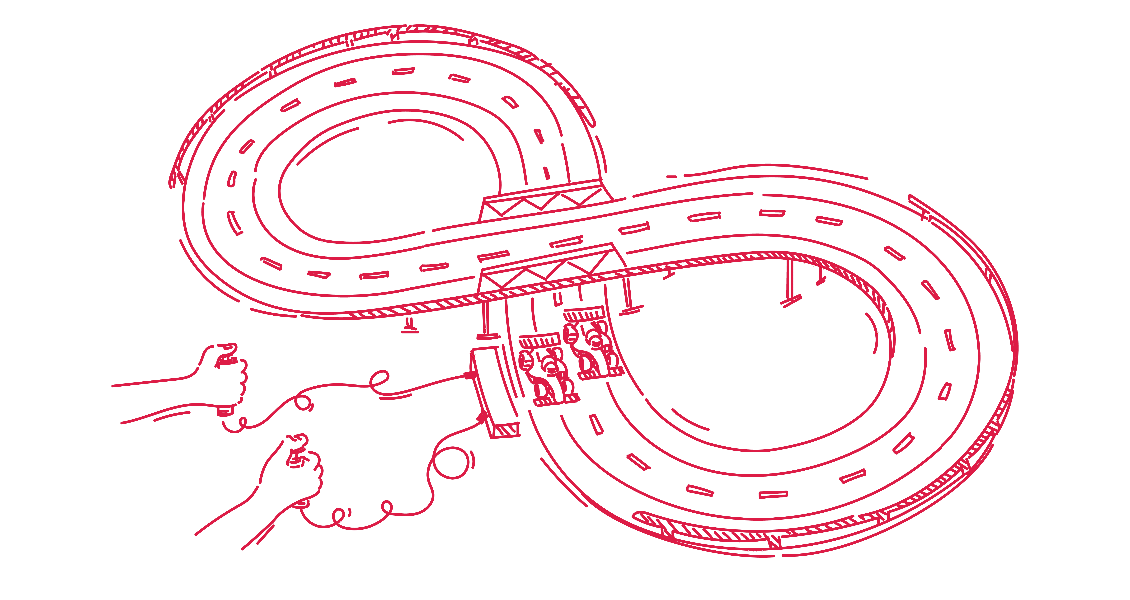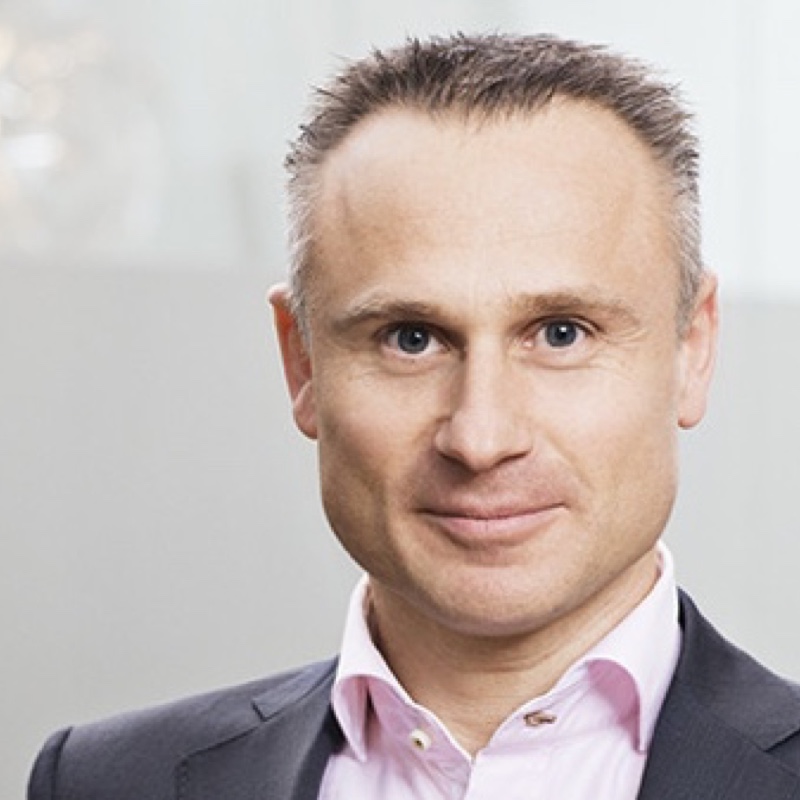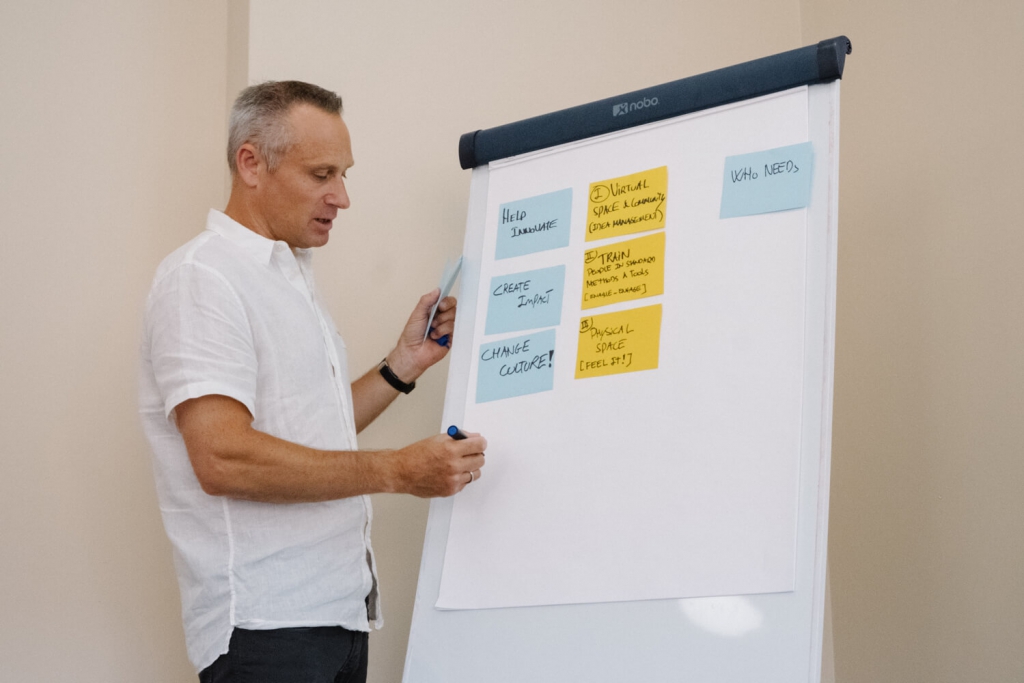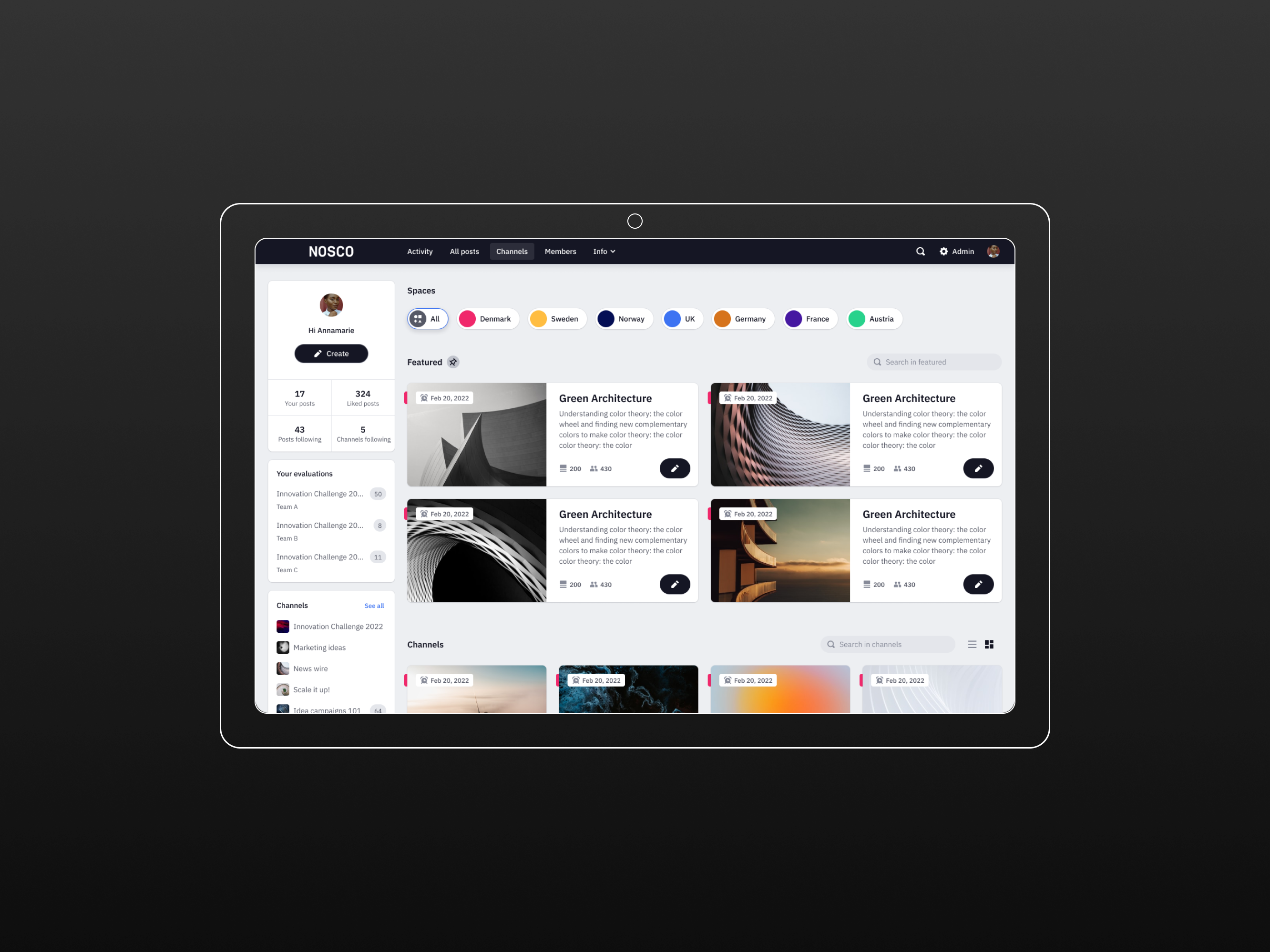
Work smarter, not harder
Why you should involve all your employees in your continuous improvement efforts?
Written by
September 30, 2019
All companies share the need to continuously look at their cost structure and find ways to work smarter, not harder. While this often lies within the responsibility of the CFO or COO, we believe it should actually be everybody’s business. In order for the company to be truly effective and work cost-efficiently, we need to foster a culture in which all employees have an obligation to continuously improve. However, this is rarely the case because as it happens, it is quite difficult to change existing habits and cultures. If we dig deeper into the root cause of why companies fail to change we can identify two main reasons. First, fear of change and lack of trust. Second, the lack of the right workflow and decision process.
So how can you overcome those barriers and turn your organisation into a continuous improvement powerhouse?

1. Show respect to the people whose work will change by involving them in defining the improvements
As Brad Power suggests in his HBR article – “Understanding fear of process improvement”, the best way to “drive out fear” and build trust is by involving the people affected by the change in the process. If you involve people in defining the problem and solving it, you will have an easier time implementing it. Take yourself as an example. If you are involved in the process, you are halfway in accepting that something needs to change. You will better understand the tradeoffs and the complications and therefore be more willing to change yourself.
2. Show respect to the people whose work will change by recognizing their contribution
As we already mentioned, trust is essential for creating a culture of continuous improvement. We have helped numerous large companies with improving their business. Time and time again we see that employees are hesitant to voice their ideas for improvement. Why? Because their contributions are not fully recognised. Often, you hear the following remarks “I’ve been telling my boss about this idea for years, but he’s not doing anything about it.” Now, it might be that the idea is not very useful, impractical or even brilliant. However, if your employees are kept in the dark on your decision making they will be reluctant to share their ideas the next time around. One way to build trust is by “walking the talk”. It will give you credibility and reliability.
So, when you announce that you appreciate all ideas remember to give feedback. Even when you received hundreds of them. Fully commit to your employees. Ensure that they will not lose their jobs as a result of their improvement suggestions and that their contributions are crucial for the future success of the company. Their jobs might change, but you will do everything you can to promote and nurture committed and competent employees. Demonstrate your commitment by offering training and incentives as well as engage in the discussion on “how to work smarter not harder”.
Why not every organization involve employees in continuous improvement but should do so.
Often involving people is perceived to be messy and complicated. Of course, sometimes this is indeed the case. However, today, technology can help us to overcome this challenge.
We have created a digital platform and a model for supporting and building a sustainable continuous improvement culture. The platform enables you to involve thousands of people and funnel their suggestions or ideas for improvements into a dedicated workflow where ideas get funded or killed and idea-authors receive feedback. Employees can see the status of their own contributions and can comment or like to give feedback on contribution by others. This way, ideas get qualified by people with specialist insight.
With the Nosco platform at hand CFOs and COOs have a digital focal point for initiatives that support building a sustainable continuous improvement culture in an efficient and smart manner. Often we observe that a digital platform can overcome geographical and organisational boundaries by connecting different company sites or units and tie them together. Sharing of best practices can supplement local kaizen boards and can turn “just do” results in one business unit to “copy that” in others. However, some ideas are not simple, even though at first glance they look easy and straightforward. In this case, the platform can help you to redirect the more complicated ideas to a workflow where people with resources and relevant knowledge can decide to initiate or implement the selected suggestions.
How one of our clients collected 104 ideas in 8 weeks and saved 26.000 hours annually
If you wonder how you can put our suggestions into practice, we’d like to give you a real-life example from one of our clients. 600 customer support agents were asked to come up with improvements in their daily interactions with customers. 50% of them actively engaged in the conversation and submitted 104 ideas in just 8 weeks.
The digital process was set up so that all relevant team leaders, IT-specialists and stakeholders reviewed all ideas online before a “selection meeting”. In this meeting, opinions were shared and discussed and ideas were sorted according to impact and ease of implementation. What turned out to be the winning idea took the IT department one day to implement but saved 26.000 hours annually. 15 minutes non-value adding work removed from 600 employees. One single good idea from an employee created substantial savings, removed unnecessary extra work and contributed to a change in culture. What not to like!
In conclusion, a digital platform with transparent workflows as the focal point for conversations and ideas for improvements can be a powerful contribution to building a culture of improvements. Of course, culture is fluid and difficult to change, however, this is a very tangible way of getting the ball rolling. As with so many things, talking is great but the action is even better.
Want to get started? Learn more under continuous improvement. Our partner Morten is happy to chat with you – shoot him an email to morten@nos.co

Morten has more than 20 years of experience as a management consultant, helping Implement Consulting Group grow to the largest independent consultancy in Scandinavia. An entrepreneur at heart, he has started and grown several successful businesses and now serves as a board member to numerous start-ups.
MORE ARTICLES







